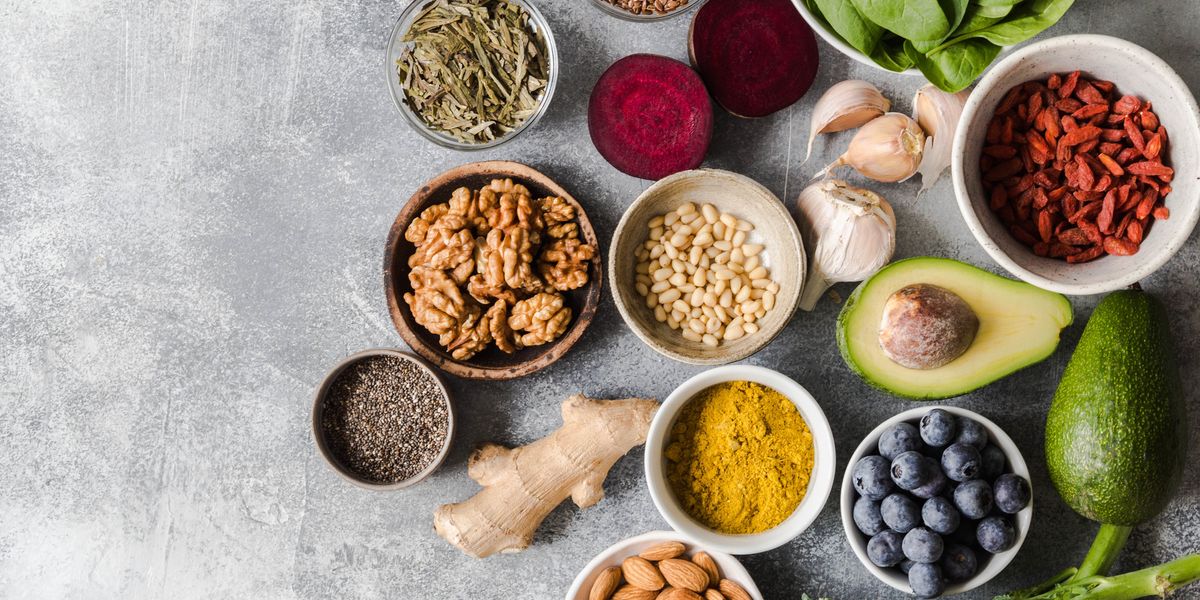Can Eating Clean Make You a Better Dancer?
You’ve seen it a million times: A glamorous, toned dancer posts a perfectly styled shot of her colorful smoothie bowl. The caption gushes about how great you’ll feel if you eat “clean”—but what does that actually mean? DS asked registered dietitian/nutritionist Rachel Fine and holistic health coach (and founder of The Whole Dancer) Jess Spinner for all of the dirt.
Clean = Pristine?
“Clean eating involves stripping away the preservatives, added sugars, and sodium that go into many mass-produced, processed foods,” Fine says. “When you eat clean, you’re avoiding the additives that give packaged foods longer shelf lives.” Spinner agrees: “Aspiring to eat clean is all about cutting out processed, chemical-laden foods from your diet. The goal of eating clean is to focus your eating plan on foods that are as close as possible to their original state. That way, they’re providing optimal levels of nutrients and health-protective benefits.”
If you’re choosing foods and constructing your meals from minimally processed sources, you should be able to count (and pronounce!) the number of ingredients in that meal on one or two hands. “Clean eating puts the focus on whole foods, which are the foods that usually aren’t packaged,” Spinner says. “And when they are packaged, you’ll see only ingredients you immediately recognize as food, like almonds, walnuts, and black beans.”
What’s an example of a clean-eating choice? Grabbing a locally grown apple for that between-classes snack, instead of reaching for a bag of chips or another packaged option. “Choose foods that are literally grown in your state and are in season, like apples and stone fruits in the fall,” Fine says. “Eating sustainably and locally helps to strip away the excess because you’re not having to add preservatives, sodium, and sugar in order to ship.”
When Clean Gets Muddy
Spinner notes that “eating whole, unprocessed, close-to-the-source foods is great to strive for, but not always easy.” That’s especially true if you don’t make most of the food-shopping and cooking decisions at your house. Minimally processed foods should be your goal, Fine says: “Nobody can eat 100 percent clean. It’s impossible because we can’t always control exactly what goes into our meals and snacks. But do what you can to make better choices when you have the opportunity.”
You’ll often hear clean eating associated with paleo, vegan, and gluten-free diets—but you can absolutely strive to eat clean on any eating plan. “Steer clear of social media influencers or fellow dancers who try to tell you there’s one specific diet that’s healthiest for everyone,” Spinner warns.
Eating clean shouldn’t ever feel restrictive, overwhelming, or like you’re following a particular set of rules all the time. “Food is a very important social and cultural aspect of life,” says Fine. “When you’re out with your friends, or when you’re enjoying a holiday dinner, you can just relax and enjoy what’s being served.” Occasionally treating yourself to your favorite junk foods can and should be part of a clean-eating philosophy.
A version of this story appeared in the December 2017 issue of
Dance Spirit with the title “Lean, Clean, Dancing Machine?”




